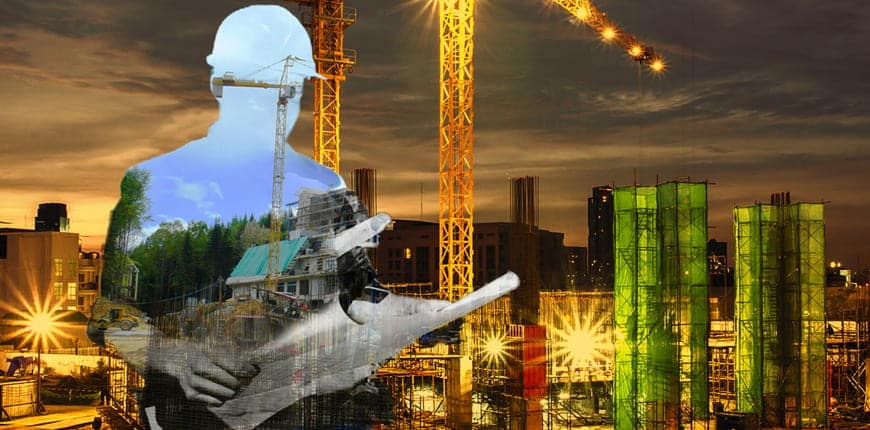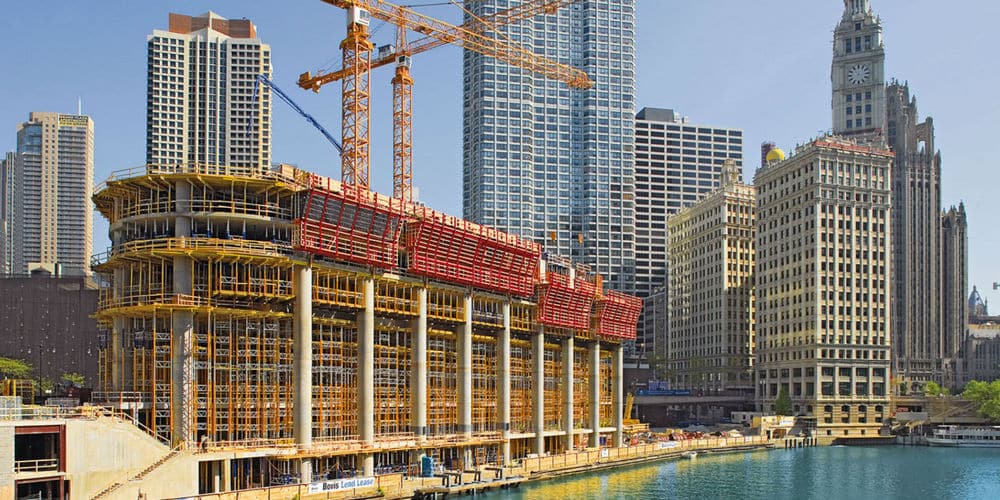
Like other types of construction projects, it is critical to effectively assess the risks involved with hotel construction projects. These types of projects are complex and typically involve millions of dollars, multiple stakeholders, and numerous risks and potential opportunities. Understanding how to properly assess hotel construction project risks and the steps to take to mitigate them might help contractors, developers, project owners, and subcontractors protect their bottom lines and the profitability of their projects.
Importance of Risk Assessment in Hotel Construction Projects
Risk assessment in hotel construction projects involves a process of identifying specific threats, analyzing each risk, and evaluating it to determine the likelihood it will happen, its potential impact, and the possible repercussions. Hotel construction risk assessments should achieve the following things:
- Identify the parties at risk and the specific risks they face
- Increase awareness about the identified risks
- Assess the sufficiency of current risk mitigation measures to determine if changes are needed
- Ensure that the contractual and legal requirements for risk can be met
- Decide whether additional controls should be implemented
Some steps to assess and address risks are discussed below.
1. Know the Relevant Rules and Laws
You must understand the relevant rules and laws that apply as you develop your risk management strategy for a hotel construction project. The Occupational Safety and Health Administration (OSHA) has numerous regulations contractors must know to ensure their compliance, including the following:
- Crane and derrick standards
- Work in confined spaces standards
- Excavation and trench work standards
- Personal protective equipment standards
Contractors should familiarize themselves with the numerous regulations that apply to the construction industry to help identify and mitigate potential risks.
2. Identify Site Risks
Hotel construction projects involve numerous risks, including financial, safety, productivity, contract, legal, and environmental risks. The many different types of risks that can be involved make it difficult to identify all of the project-specific risks.
You can do so by looking at data from past projects, including incident reports and other information to help to identify risks. Consider unusual risks such as frequent storms in the area, potential power outages, and others so that you can be prepared. You can also consider group-specific risks to identify groups that might be more susceptible to certain types of risks than others.
List all of the risks you identify and include details about each one, including the situations in which they are likeliest to occur, the response strategy, and the designated people who will respond and manage the risk.

3. Prioritize and Evaluate the Risks
After you’ve identified the project-specific risks, you should evaluate and prioritize them in terms of their potential financial impact on your business and the chance that each will occur.
You can then score the risks by their probability and potential impact. Once you have identified the risks with the greatest probability and impact, you can then evaluate your controls to determine what needs to be done to minimize your exposure.
4. Prevent Risks When Possible
Risk in hotel construction projects is most acutely felt in design, pricing, potential delays, and quality. There are several ways to mitigate these risks, including the following:
- Begin with a design that has succeeded in the past.
- Ensure you have a skilled architect and project manager who can oversee the project through its completion.
- Make sure you have a complete, detailed set of drawings of the overall building plan.
- Make sure the contractor is experienced, has a license and a contractor bond, and is deeply knowledgeable about hotel development projects.
- Have contingencies in place for hard and soft costs to protect against unexpected changes.
- Carefully negotiate, draft, and review the contract documents, including the payment timing, scope, milestones, and liquidated damages provisions.
- Review your contracts with the goal of managing and controlling risks.
There are three main ways to control risks through a contract, including transferring risks through indemnification clauses, transferring risks to insurance providers, and creating a legal plan to manage risks.
An indemnification clause in a contract allows one party to transfer risk to another through a hold-harmless agreement. In this type of clause, the party that indemnified the other will have the legal obligation to pay damages. Indemnity clauses can be used to limit the potential liability while transferring it to others involved in the project.
You can also purchase insurance coverage to buy protection from risk. Make sure the contract ensures that every party will have the right types of coverage for the responsibilities they have during the project. If you have an indemnity clause that shifts liability to a party that does not have adequate coverage or assets to cover potential losses, the indemnity clause alone won’t be enough.
Make sure the contract includes a legal plan for how disputes will be handled. Many call for mediation or arbitration instead of litigation. Alternative dispute resolution methods might provide the opportunity for those involved in a dispute to have their arguments heard by an industry expert.
When a Risk Assessment Should Be Performed
Risk assessments should be performed at different times during a hotel construction project. The first time an assessment should be performed is during the design phase before work has started. This is the time when all of the potential risks should be identified as well as the circumstances that might lead to them. It also is when plans should be created to prevent risks after work has started.
A new risk assessment should be conducted whenever a new process is started on the project and when new equipment is introduced so that the changes can be evaluated. This can help to assess the changes, identify new risks, and take steps to address them.
Finally, anytime a new hazard is identified, an assessment should be conducted. It’s not possible to predict all risks that might arise. When they do, contractors must be prepared to assess and address them.
Hotel construction projects are often multi-year projects that carry significant risks. By carefully assessing the risks that might be involved with a project, the parties can prepare and ensure they have appropriate systems in place to effectively manage them.









